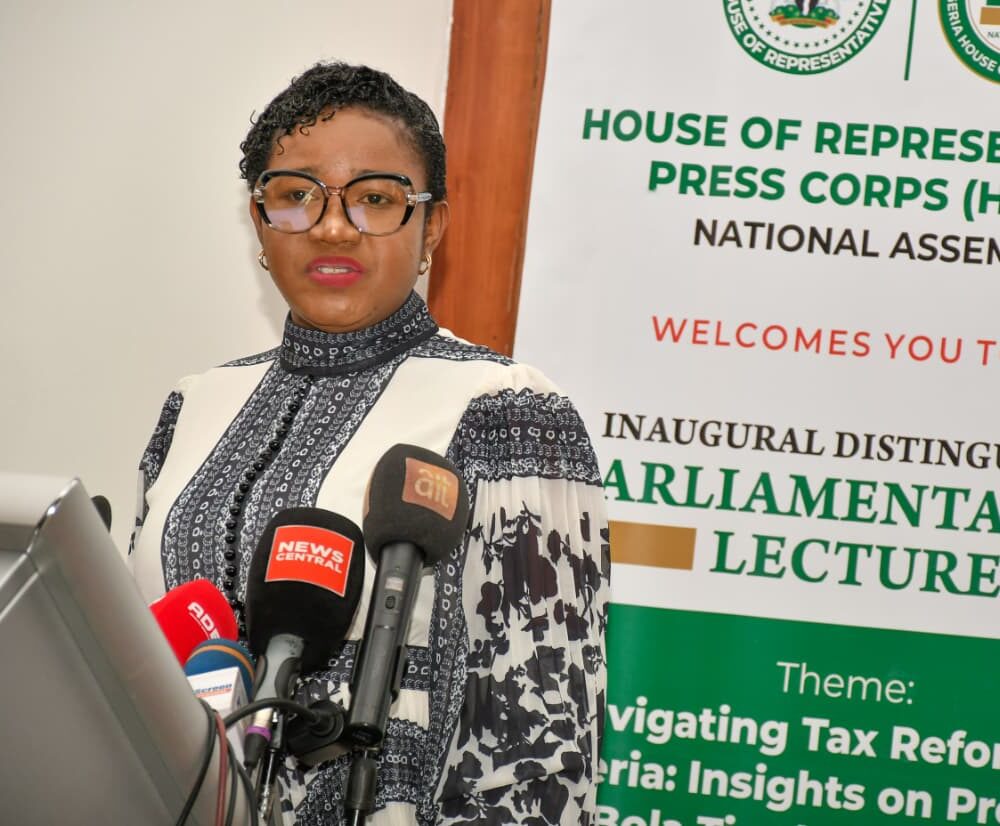By Olayode Abdurasaq
The large number of fuel stations in major Nigerian cities, particularly Abuja, is attaining alarming dimensions, The sight of fuel stations in close proximity with residential buildings has became a recurrent nightmare. Jagila Jantiku, a GIS expert and an Assistant Chief in the Department of Strategic space Applications of the National space Research and Development Agency is worried about the consequences on human health and the environment,this she said during an ongoing training session organised by the National Space Research and Development Agency for post graduate and 400 level students of the Department of Geography, University of Lokoja.
Jagila who has once carried out a Research on Filling Stations in Abuja and its environs said she continued to wonder why a filling station would be approved in a residential area In Abuja she said, “it is common to see fuel stations being built in areas with high population. Some of the facilities share perimeter fences with residential houses.”
According to the rules of Geographic information system( GIS) and mapping standard she said, fuel stations are to be built at a distance of 400 metres from one another, which sharply contradicts what is obtainable in most parts of Abuja and other major cities. The distance to the nearest residential building should not be less than 50 metres, to avoid hazards. But many have observed that the opposite is what is displayed by these business owners.
These, she stressed as she emphasised the importance of Geographic Information System(GIS) in risk Management, telling the students to see themselves as stakeholders and make decisions to government for implementation.
Mrs Helen Awe-peters,David Ekwe and Feyishayo Alao facilitated afternoon session during the training, the importance of Geo-refrencinig,Geo-Spacial database and its Applications for sustainable National development was emphasised.
As it helps in determining how the areas in an image correspond to the surface and also in presenting, disseminating, and making accessible cartographic and photographic documentation stored in archives, libraries, map libraries, museums, geographic institutes, and other key institutions.
The National Space Research and Developing Agency .NASRDA,whose part of her mandate is geared towards making space science and technology application an integral part of the overall strategies for sustainable national development. under its Strategic Space Applications (SSA) has been undergoing series of trainings for Universities staff and students,security outfits, corporate organisations etc. on the hands-on usage of GIS and its Applications











